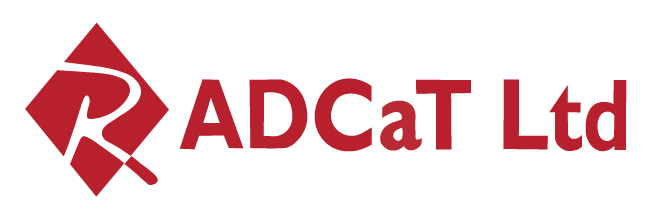Workplace Safety Hazards can cause serious harm to your employees and your business. Every workplace, from offices to construction sites, faces risks. Identifying and managing these hazards is essential for protecting people and staying compliant with UK health and safety regulations.
In this blog, we look at the five most common hazards, explore why they happen, and share practical, actionable steps to reduce the risks. Whether your organisation is small or large, these measures can make a real difference to safety and productivity.
Slips, Trips, and Falls
Slips, trips, and falls remain one of the most frequent causes of workplace injury. They happen in offices, warehouses, factories, and even outdoor work sites. Common causes include wet or uneven floors, loose cables, and poor lighting. Even a small hazard can lead to a serious injury, such as a broken bone or head trauma.
To prevent these accidents, start with a comprehensive risk assessment. Identify potential hazards in all areas, including entrances, corridors, and workspaces. Keep floors clean, dry, and free from clutter. If you can’t remove a hazard immediately, use clear warning signs. Improve lighting in darker areas and ensure that stairs have sturdy handrails.
Training is just as important. Encourage employees to wear suitable footwear, report hazards promptly, and avoid rushing in high-risk areas. Regular housekeeping and maintenance are simple, cost-effective ways to reduce the risk dramatically.
Manual Handling Injuries
Lifting, carrying, pushing, or pulling heavy loads is a common cause of injury. These injuries often affect the back, shoulders, and neck, leading to long-term pain and time off work. Poor technique, lack of training, and unrealistic workload expectations all contribute to the problem.
Reducing this hazard begins with training. Show employees the correct way to lift — bend the knees, keep the back straight, and hold the load close to the body. Encourage staff to ask for help with heavy or awkward items.
Invest in mechanical aids such as trolleys, pallet trucks, or conveyor systems. Rearrange storage so heavier items are kept at waist height, avoiding the need to bend or reach excessively. When possible, re-engineer tasks to reduce manual handling entirely. This proactive approach lowers injury risk and boosts efficiency.
Fire Hazards
Fire is one of the most serious workplace risks, capable of causing injury, loss of life, and significant property damage. Common causes include faulty electrical equipment, flammable materials stored incorrectly, and poor housekeeping.
Fire safety starts with a fire risk assessment. Identify ignition sources, flammable materials, and vulnerable areas. Check electrical equipment regularly and remove or repair anything faulty. Store flammable materials in approved containers, away from heat sources.
Install and maintain smoke detectors, fire alarms, and extinguishers. Make sure escape routes are clear and well-marked. Staff should know exactly what to do in an emergency, so provide regular fire safety training and run practice drills. You can find more guidance in the Health and Safety Executive’s fire safety advice.
Hazardous Substances
Hazardous substances aren’t just found in chemical plants. Many workplaces use cleaning products, paints, solvents, or other substances that can be harmful if not handled properly. Even everyday items like printer toner or glue can pose risks if inhaled or spilled on skin.
Follow the Control of Substances Hazardous to Health (COSHH) regulations. Keep an up-to-date inventory of all hazardous substances and store them in clearly labelled containers. Safety data sheets should be easily accessible for each product.
Provide personal protective equipment (PPE) such as gloves, masks, or goggles where needed. Train staff on how to use, store, and dispose of substances safely. Good ventilation reduces airborne risks, and spill kits help you deal with accidents quickly.
Workplace Stress and Mental Health Risks
Not all hazards are physical. Stress, burnout, and poor mental health can have a serious impact on employees and on the business. High workloads, long hours, lack of support, and unclear expectations can all contribute to stress.
Workplace stress affects more than just productivity. It increases staff turnover, raises absenteeism, and can even contribute to physical accidents by reducing focus.
To address this, foster open communication between staff and management. Encourage employees to speak up about workload concerns and create a supportive environment. Offer flexible working arrangements where possible and provide access to mental health resources.
Regular one-to-one meetings can help managers spot early signs of stress. Promoting a healthy work-life balance not only supports employees but also strengthens the business as a whole.
Building a Culture of Safety
Managing workplace safety hazards is about more than compliance. It’s about protecting people, building trust, and ensuring your organisation runs smoothly. When employees feel safe and supported, they are more productive, engaged, and loyal.
A strong safety culture starts at the top. Leaders must set the example by following safety rules themselves and making safety a visible priority. Involve employees in decision-making about safety measures and encourage them to share ideas for improvement. Recognising and rewarding safe behaviour reinforces good habits.
Ready to improve safety in your workplace? Contact us today through our health and safety services to arrange a comprehensive risk assessment and see how we can help you reduce hazards, protect your team, and keep your business compliant.
